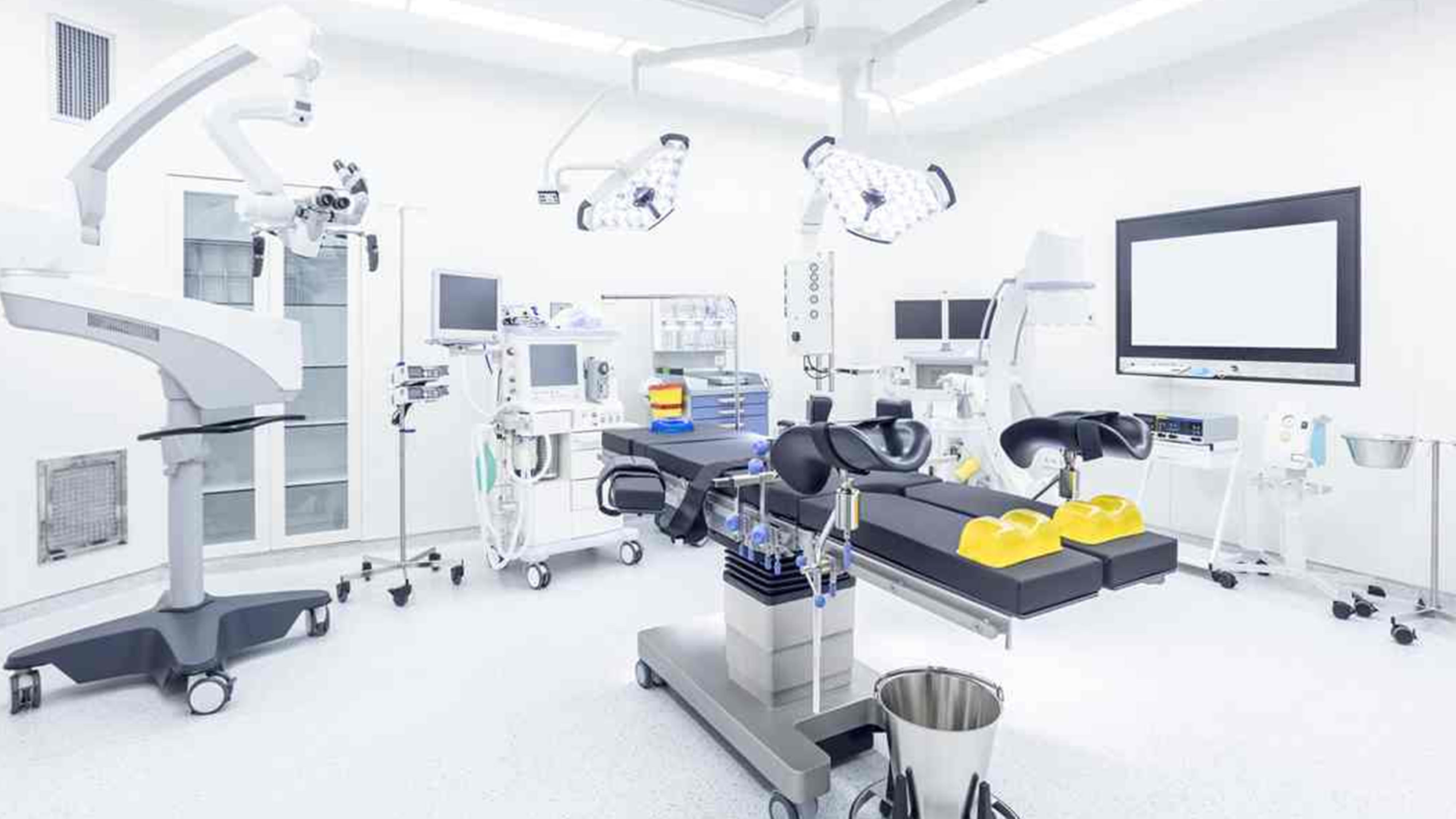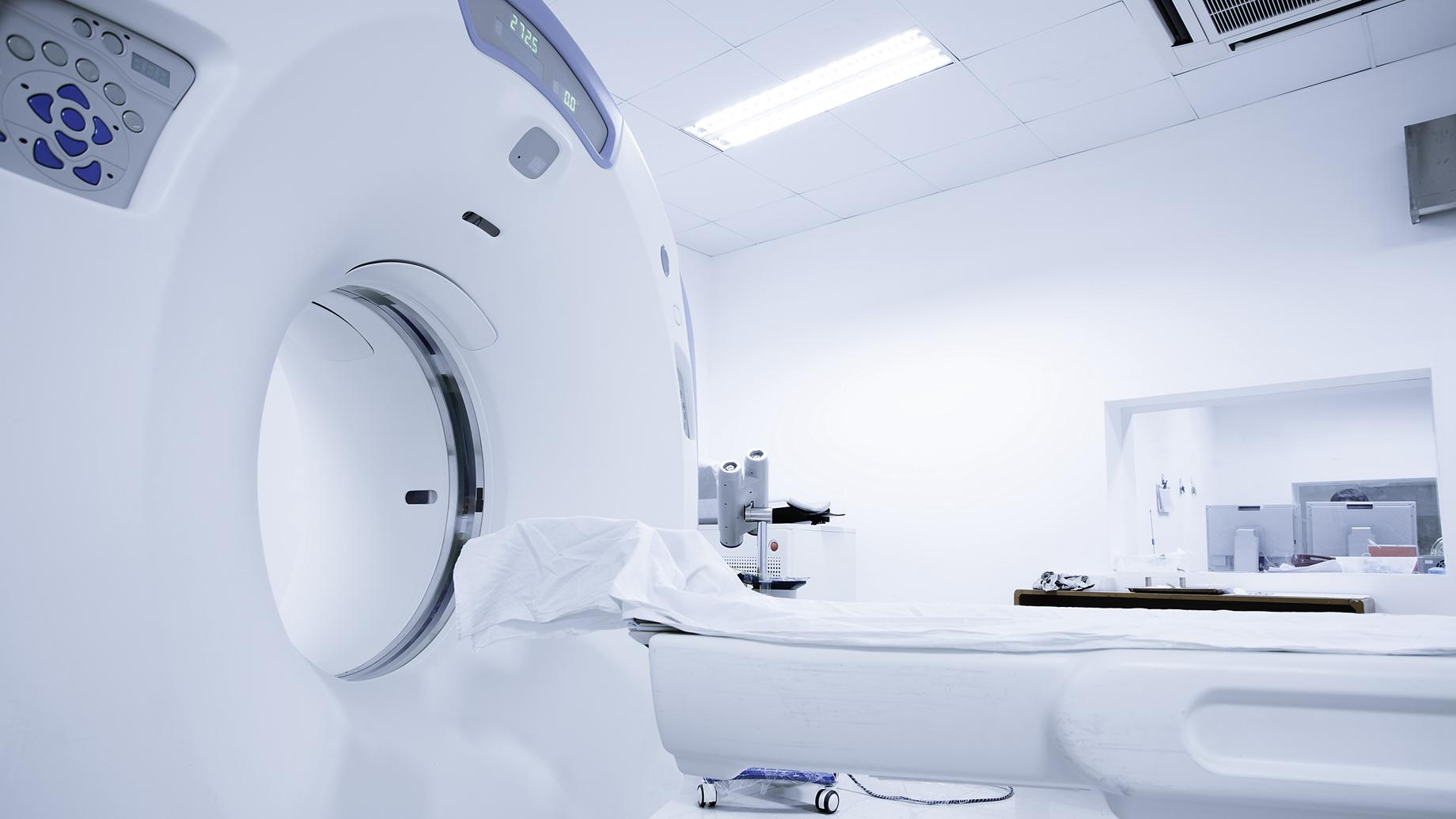
Business
15:25, 26-Sep-2018
How are China's medical device exports under US sanctions?
Updated
15:13, 29-Sep-2018
By CGTN's Li Jianhua
02:19

It has been six months since the United States slapped tariffs on Chinese medical devices, but the on-going trade friction has not let up much. For years, the US has been the top importer of such devices, though most of them are low-tech and mid-range products.
China is considered a large medical device exporter, with the past year's export totals surpassing 21.7 billion US dollars. Chief among them, six billion US dollars' worth went to the US, according to China Customs.
Most of the devices exported to the US are mid-range products like medical massage equipment, syringes and other disposable items. And most medical device exporters are not reporting a decline in sales to the US, despite the ongoing trade tensions between the two countries.
"The US started levying tariffs on our products in July, but we have some inventory in the US, so the price stays the same if they buy our products directly from the US. Even if they import our products now from China, our prices – with the tariffs – are still at an advantage," said Zhao Jun with Biobase Group, a medical device exporter in east China's Shandong Province.

VCG Photo
VCG Photo
Types of Chinese medical devices targeted
A wide range of China's medical devices have been targeted by the United States, and most of which are higher-end products, including pacemakers, X-ray generators, UV apparatus, anesthetic instruments and optical instruments.
Business leaders in China's medical device manufacturing industry said Chinese hospital and healthcare centers prefer imported devices, especially ones that are innovative and high-tech.
The increasing demands are also fueled by China's ever-increasing aging population. Nonetheless, the world's medical device markets are still dominated by the US, Europe and Japan.
The Chinese medical device industry is projected to reach over 24 billion US dollars in 2019. Losing the Chinese market could hurt the US economy tremendously, according to Emergo, a leading regulatory consulting firm specializing in global medical devices.
"China will become the biggest market for medical devices by 2030. It has a large population and people all have higher standards for health keeping, which spurs the growth of medical equipment," said Gan Yiwu, chairman of Biobase Group.
"The dominant companies are those from the US, Europe and Japan. The trade friction has a far bigger impact on them than on China."

VCG Photo
VCG Photo
Potential impact for China and the US
The Trump administration slapped tariffs on China's medical devices in April to reverse perceived harm to the US economy and force China to change its ways.
Analysts say the tariffs could cost the US medical device industry billions of US dollars a year, as medical products made by Chinese companies only account for a minority of devices imported into the US. Some of the imported devices come from Chinese companies, others are manufactured by Western companies that operate in China.
It is estimated that the negative annual impact of the tariffs on the device industry range from 1.5 billion to five billion US dollars, according to RBC Capital Markets and AdvaMed.
"Imposing tariffs on medical technology products from China also ignores the nearly balanced trade relationship between the US and China in medical technology products," Representatives Paulsen and Peters said in their letter to Lighthizer.
"It's fair to say manufacturers are disappointed because this action threatens to affect the health and well-being of American patients and those around the world," said Greg Crist, AdvaMed to Medical Design & Outsourcing.
Advanced medical devices made in China are catching up, such as ultrasound machines, pacemakers and artificial body parts, and nearly 120 billion US dollars have been announced to be invested in this field to boost innovation in March this year.
Chief among them, certain medical devices have been prioritized, including medical imaging equipment, advanced therapeutic equipment, and implant interventional biomedical materials.
"Chinese hospitals should have more faith in the country's own medical products," said Gan.
China has been engaged in taking over or merging with foreign medical device manufacturers, including the US, Singapore, Italy and France. And the US is involved in seven of the top ten merger and acquisition cases from 2011 to 2017, according to MedWorld.
Analysts say China's development in its medical device exports may be severely hampered once the US bars Chinese companies from merging with their US counterparts.

SITEMAP
Copyright © 2018 CGTN. Beijing ICP prepared NO.16065310-3
Copyright © 2018 CGTN. Beijing ICP prepared NO.16065310-3